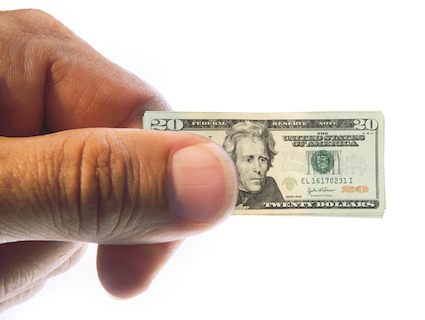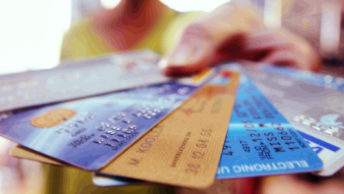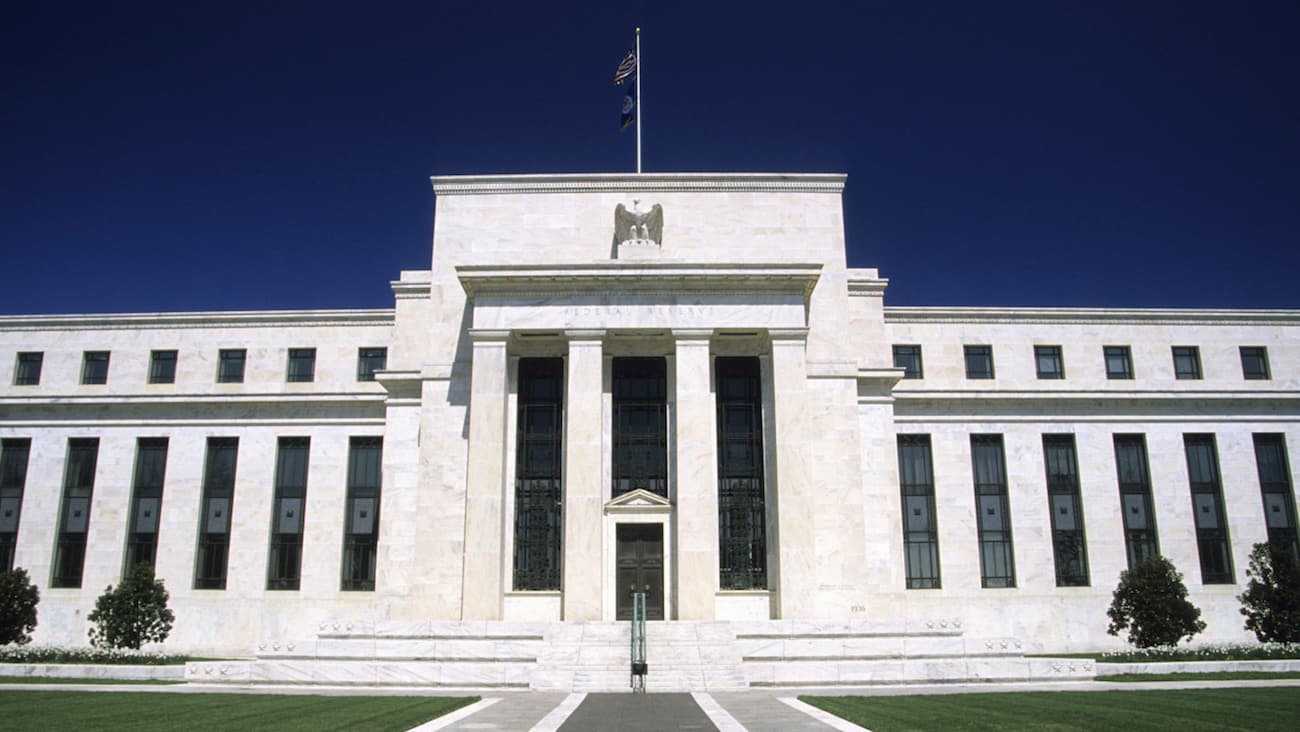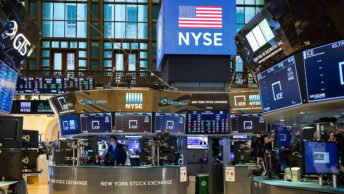 Yes, my friends, I think it is just around the corner. Inflation is a steady increase in the prices of goods and services in a country, usually measured in terms of a specific annual percentage. This decreases the purchasing power of a currency by reducing the amounts of goods or services a person can get for the same amount of money. It has many different possible causes. One theory is derived from a school of economics known as monetarism.
Yes, my friends, I think it is just around the corner. Inflation is a steady increase in the prices of goods and services in a country, usually measured in terms of a specific annual percentage. This decreases the purchasing power of a currency by reducing the amounts of goods or services a person can get for the same amount of money. It has many different possible causes. One theory is derived from a school of economics known as monetarism.
The Quantity Theory of Money states that inflation is caused by having too much money in an economy. This includes cash as well financial instruments like investments and mortgages. It is part of monetarist economics, in which some inflation is to be expected and is seen as a normal thing, but any excess has to be controlled by manipulating the money supply.
Essentially, the theory’s assumptions imply that the value of money is determined by the amount of money available in an economy. An increase in the money supply results in a decrease in the value of money because an increase in the money supply causes a rise in inflation. As inflation rises, the purchasing power or the value of money decreases. Hence, it will therefore cost more to buy the same quantity of goods or services.
The Federal Reserve Bank under Chairman Ben Bernanke began a program several years ago called quantitative easing which is essentially an unconventional monetary policy used to stimulate the economy when standard monetary policy has become ineffective. The Federal Reserve has implemented quantitative easing by buying specified amounts of long term financial assets from commercial banks, thus increasing the monetary base and lowering the yield on these financial assets. This is distinguished from the usual policy of the Federal Reserve of buying and selling government bonds in order to keep interbank interest rates at a specified target value. Quantitative easing can cause higher inflation if the amount of easing required is overestimated and too much money is created by the purchase of liquid assets. Quantitative easing has been nicknamed “printing money” by some members of the financial community.
The Bernanke Fed has disbursed $2.284 trillion dollars in new money since August 1, 2008 and over 80% of this new money sits idle as excess reserves in the banking system! So why are banks not loaning money to the private sector to stimulate growth and create jobs? The Federal Reserve Banks pay interest on required reserves as well as interest on excess reserve balances. Currently, the U.S. banks hold more than $1.1 trillion dollars of reserves with the Fed. Some observers have expressed concern that a large quantity of reserves will lead to an increase in inflation unless the Fed acts to remove them once the economy begins to recover. When the economy begins to recover, firms will have more profitable opportunities to invest, increasing the demand for bank loans. The banks will be presented with more lending opportunities that are profitable at the current level of interest rates. Left unchecked, the growth in lending opportunities may generate increased inflationary pressure. Basically, a catch-22 situation is created. The Fed can increase the rates paid on reserves and offset the growth of bank lending.
The Federal deficit question can be more complicated but suffice to say that excess government spending over incoming revenues over an extended period of time can also result in inflation. Any excess government spending that is financed by bond sales is the creation of new debt. If the Federal Reserve buys $10 million dollars of Treasury Bills and the average marginal reserve requirement for banks was 10%, the total deposit expansion in the banking system would be $100 million dollars.
Next we have to consider the $415,688,781,243.40 in interest that we paid in 2013 on the national debt. For this nearly one half a trillion dollars, we get nothing in terms of product or services. It is growing and means that without raising taxes, the government is just printing or borrowing more money to pay the growing interest debt.
Interest rates are very low now, but they are likely to rise. An increase in interest rates could trigger an onset of serious inflation. The low interest rates are partially the result of the Fed’s deliberate efforts. But both the Fed’s desire to keep rates low and its ongoing ability to do so are surely temporary. A rise in interest rates can lead to current inflation. Every percentage point that interest rates rise means that the U.S. government must pay an extra $170 billion dollars more per year on a $17 trillion dollar debt, thus directly raising the deficit by about 10%. If we revert to a normal 5% interest rate, this means that about $800 billion dollars in extra financing cost will occur each year going forward provided the national debt does not increase.
We have reason to be concerned. Our federal financial house is not in order. We are sitting on a powder keg. We owe a $17 trillion dollar national debt; our interest on this debt is growing as the debt grows and is fast approaching one half a trillion dollars per year; interest rates cannot remain this low in the future even with the artificial quantitative easing in place; our banking system is sitting on $1.1 trillion dollars in excess reserves that will eventually have to be addressed, and we have a 7% unemployment number that represents about 10.9 million Americans currently collecting unemployment benefits. It is also estimated that some 90 million Americans are out of the labor force as well as 46 million Americans collecting Food Stamps which are both staggering numbers. Not the future than the politicians would have you believe.








